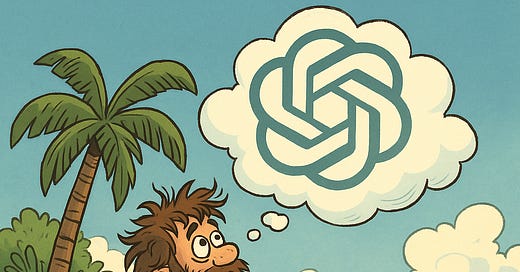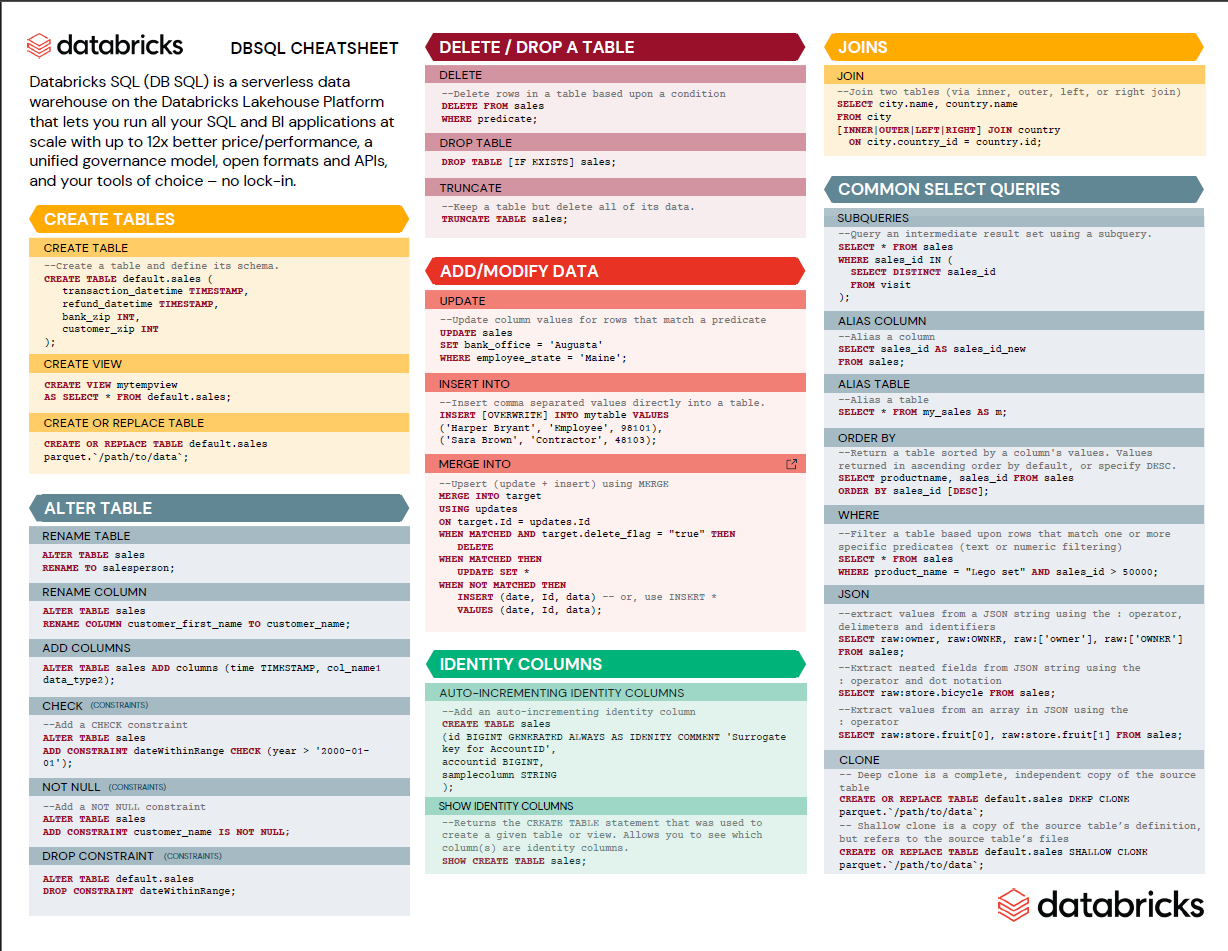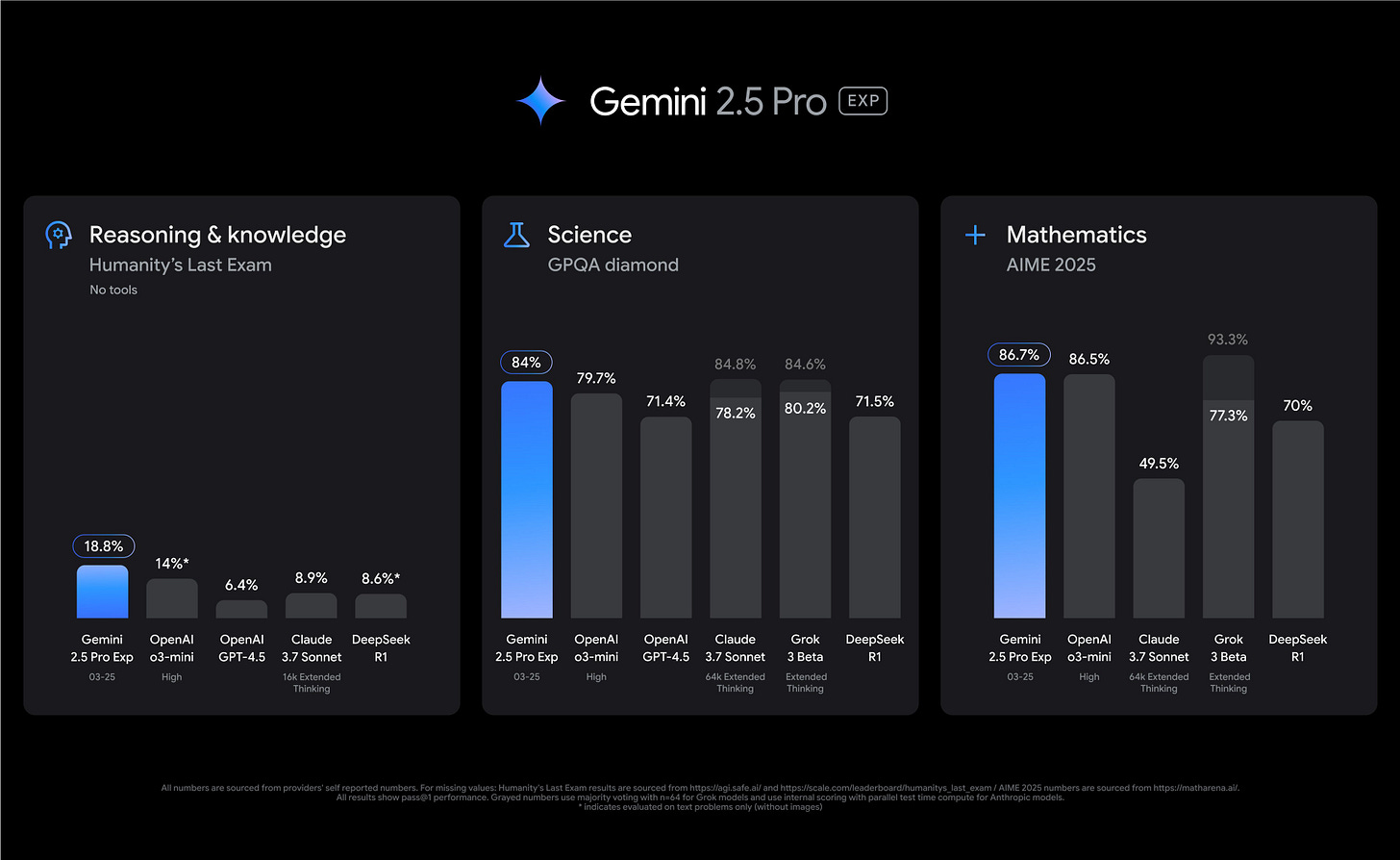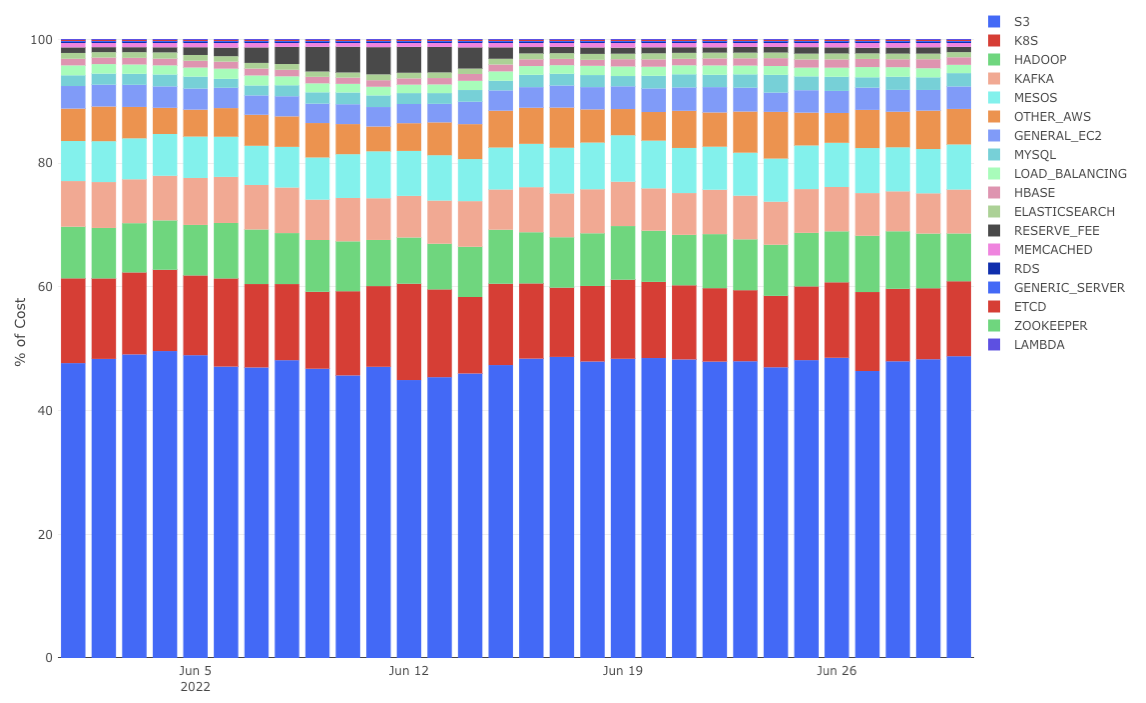ChatGPT Gets Visual, Gemini Gets Smarter, and Perplexity Gets a Shake-Up
From stunning AI-generated images to Google’s 1M-token model and Perplexity’s all-in-one search push
Fellow Data Tinkerers!
Thank you to those who provided feedback last week and to the 3 people who shared the publication with others. I really appreciate it ❤️
I wanted to share an example of what you could unlock if you share Data Tinkerer with just 3 other people.
There are 100+ more cheat sheets covering everything from Python, R, SQL, Spark to Power BI, Tableau, Git and many more. So if you know other people who like staying up to date on all things data, please share Data Tinkerer with them!
Now, with that out of the way, let’s get to this week’s news round up on all things data and AI
The Buzz 🐝
Unless you were stranded on a deserted island chatting with a volleyball, you must've heard about ChatGPT's new image generation:
You can’t escape the anime pictures now on any platform. Apart from the higher quality images, the text clarity improvement has been noteworthy, even though it might struggle with multilingual text rendering.

Google also unveiled its Gemini 2.5 Pro, a thinking model with enhanced reasoning, multimodal reasoning (text, image and others) and expanded context window of 1 million tokens.
It has an improved coding performance, exceling at creating web apps and agentic code applications. Below is an example of a dinosaur game created with a single. So if you feel like “vibe gaming”, give it a shot!
Perplexity, aiming to stay competitive with Google, has rolled out new answer tabs for images, videos, travel, shopping, and more. This expansion positions it as an all-in-one search platform, keeping the pressure on traditional search giants.
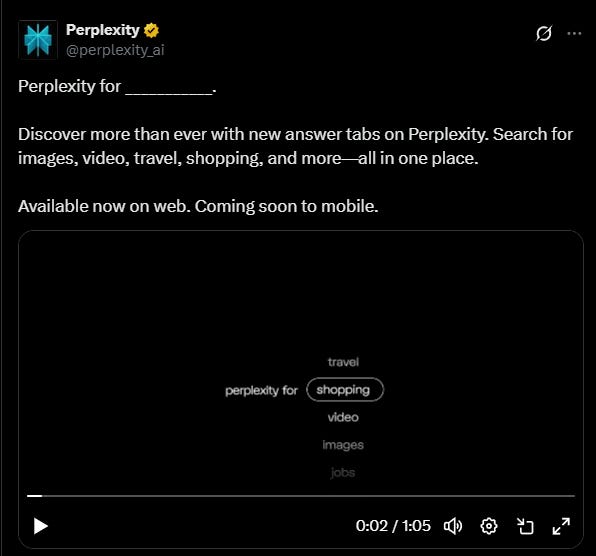
Data Science & AI
Tracing the thoughts of a large language model
Anthropic's latest research dives into the internal processes of their language model, revealing that it employs a universal "language of thought" across different languages, plans responses multiple words ahead (evident in tasks like poetry composition), and may fabricate plausible-sounding reasoning when misled by incorrect prompts.
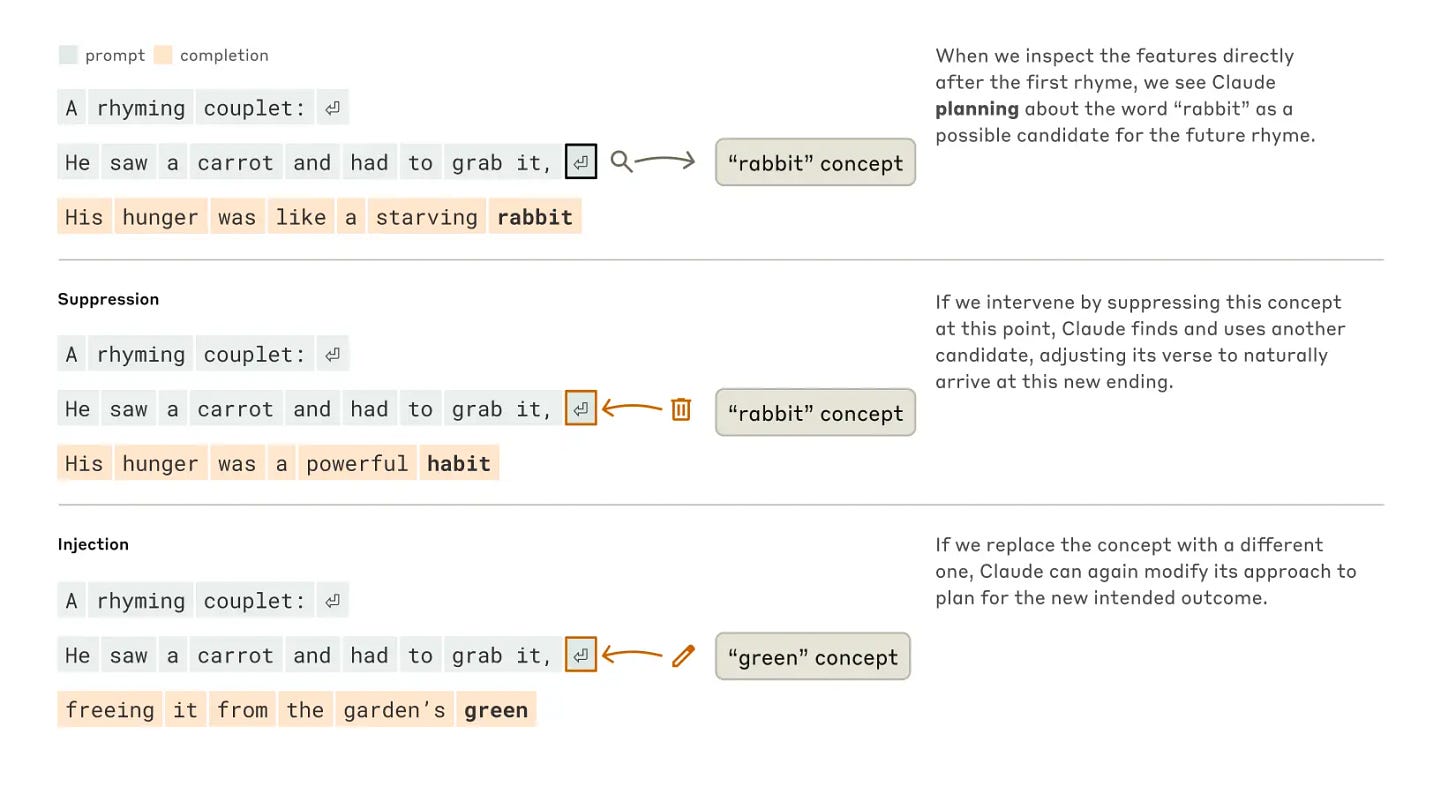
Sequence learning: A paradigm shift for personalized ads recommendations
Learn how Meta changed its ad recommendation system by adopting sequence learning, shifting from traditional deep learning models that relied on manual feature engineering. This new approach focuses on event-based learning, capturing the order and context of user interactions to enhance ad relevance. As a result, Meta has observed a 2-4% increase in conversions for select segments.
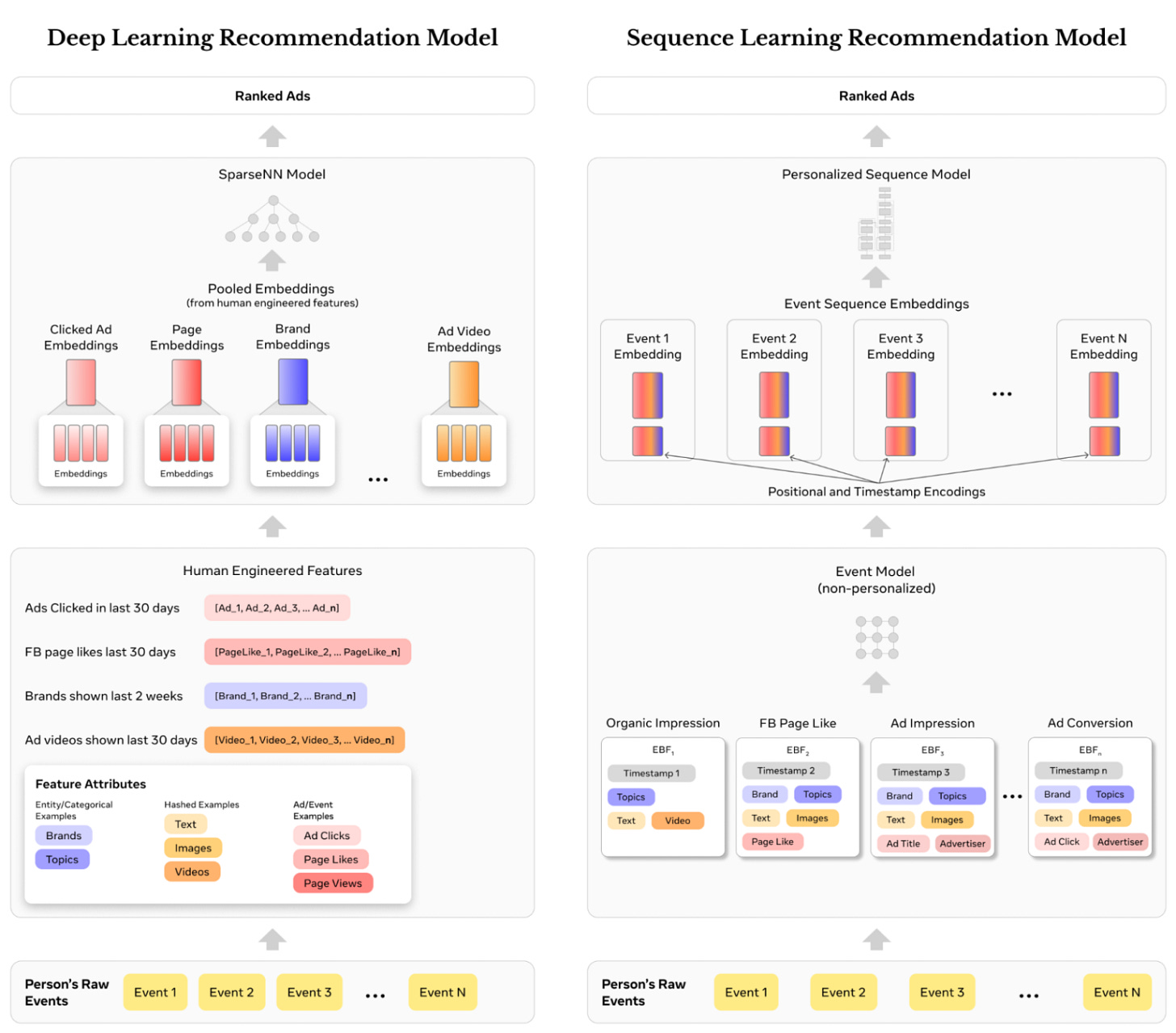
Cracking the ETA Code: How Lyft Improves its Predictions
Discover how Lyft improved its Estimated Time of Arrival (ETA) predictions for the riders
Data Engineering
How HubSpot Optimized Logging to Save Millions
Find out how HubSpot reduced costs by 55.7% and improved query performance by 50x
Scaling to Count Billions
Learn how Canva scaled its content usage counting service to handle billions of monthly events by transitioning from a MySQL-based system to an OLAP database with an ELT pipeline, achieving aggregation of billions of usage events in minutes and reducing incidents significantly.
Data Analysis and Visualisation
Getting Rid of Dashboard Sprawl
in the newsletter
This is an insightful article about combating dashboard sprawl and how focusing on metrics and creating dashboard trees can eliminate them by
NVIDIA's Income Statement Visualized
Interesting breakdown of Nvidia’s revenue and cost structure by
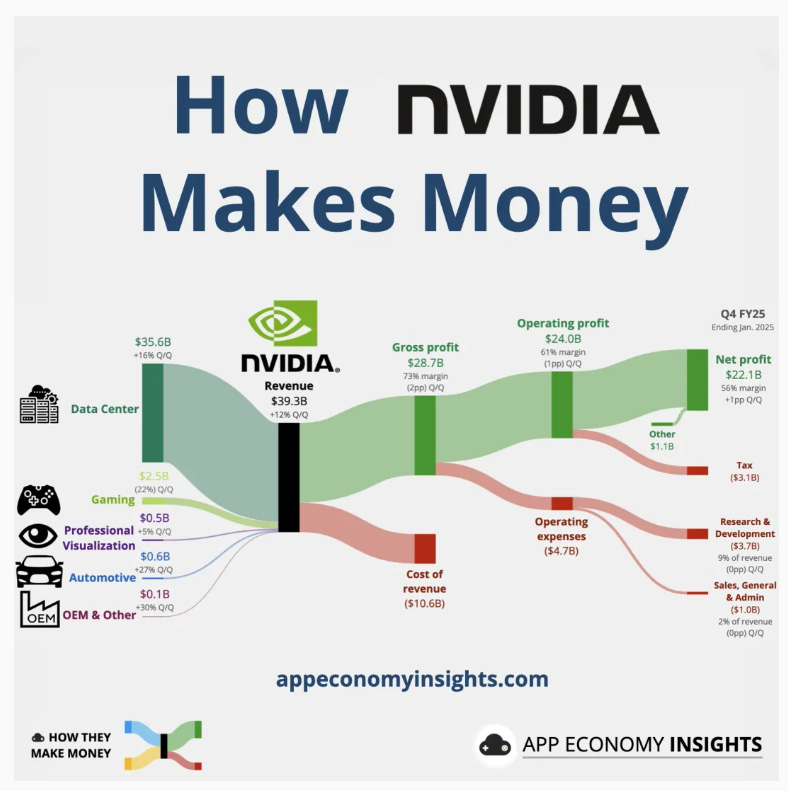
Meme of the Week - “AI Agents”

If you have any other feedback, please reply back to the email. I read all replies and really appreciate the feedback :)
Other Articles You Might Find Interesting
More Free Resources, Nvidia's Cute Little Robot and Claude "Thinking Harder"
Google's Big Moves, Fake "Real" Influencers and Self-Driving Goes Open Source
China Strikes Again, Sesame's Human-Like Voice and OpenAI's $20K PhD Bot
Claude & ChatGPT 4.5 Drop, A Robot Goes Full Kung Fu, and AI Chatbots Start Speaking in Beeps

